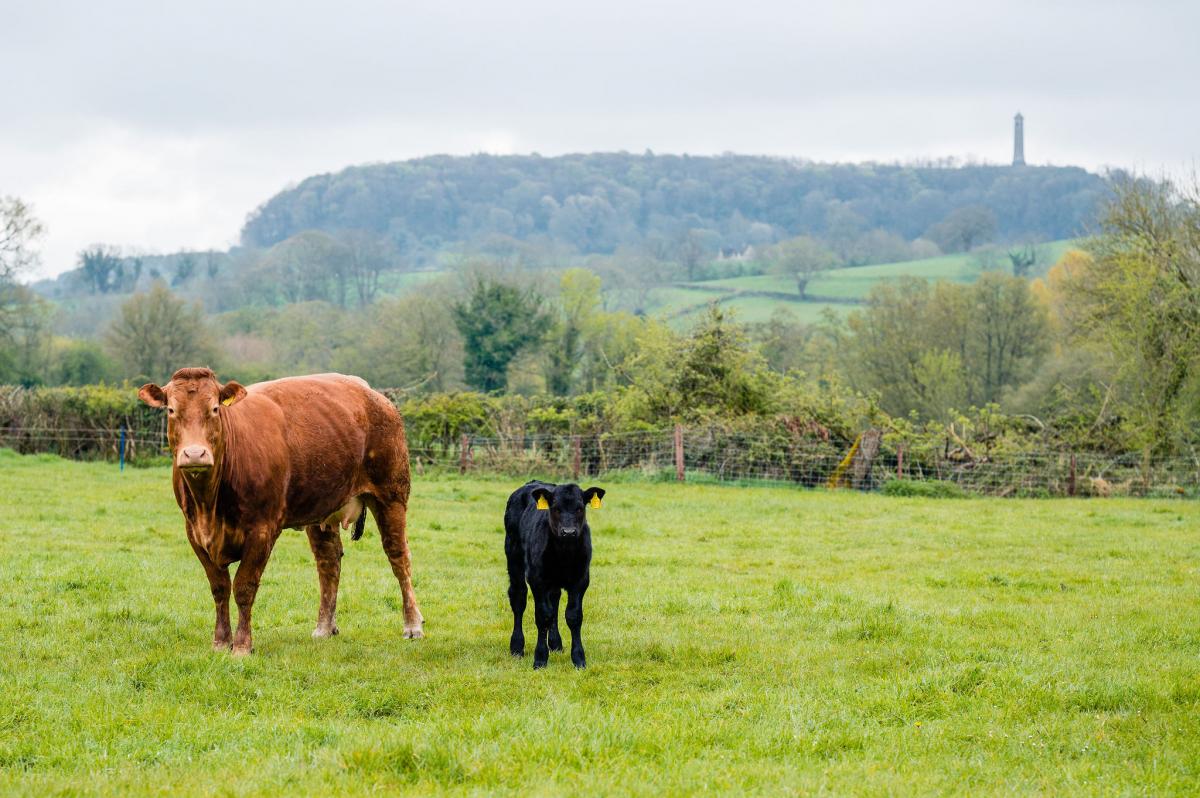A new addition to our website, a monthly blog written by our vets. Our aim is to bring you helpful posts to boost your farm productivity. This month the blog post focuses on the importance of good health and safety during TB testing on farms for the well-being of all involved, as we have had a number of injuries recently to vets, testers, farm staff and cattle.
TB tests can be two stressful days; it is stressful for farmers as it involves the additional cost of hiring extra staff, disrupting routine, moving animals around and may result in significant emotional, financial and business impact if the test yields reactors. The farmer is responsible for the safety of their staff during the test. The vet or tester performing the test is responsible for performing the test correctly to the SOP provided by APHA and is also responsible for assessing their own health and safety when conducting on-farm testing.
The main factors that contribute to injuries are
·Old and broken handling facilities
·Crushes that are not ideal for TB testing such as Tubar crushes or crushes with self-locking yoke with no front gate to stop the animal straining forwards
·Trying to hurry animals and use of sticks
·Stressed animals out of their routine
Having good, efficient, well-lit handling facilities, plenty of staff and a plan for the day can help to reduce the risk of injury. We are well versed in crushes that work well for TB testing (and other procedures) so if you are thinking of replacing your crush please give us a call and we can advise you.
TB testing is under more scrutiny now than it has been in the past, spot checks are being regularly carried out by APHA and XL Farmcare to check that the test is being done properly. Please don’t put our TB testing staff under pressure to cut corners, particularly on day 2 of the test. Testers must be able to feel the test site on every animal.
Tyndale and APHA will support vets in a decision to withdraw from a test if things are getting dangerous for the animals or any of the people involved. We cannot cut corners on the test procedure on the grounds of health and safety and if the test cannot be conducted properly for health and safety reasons, it may have to be abandoned.
